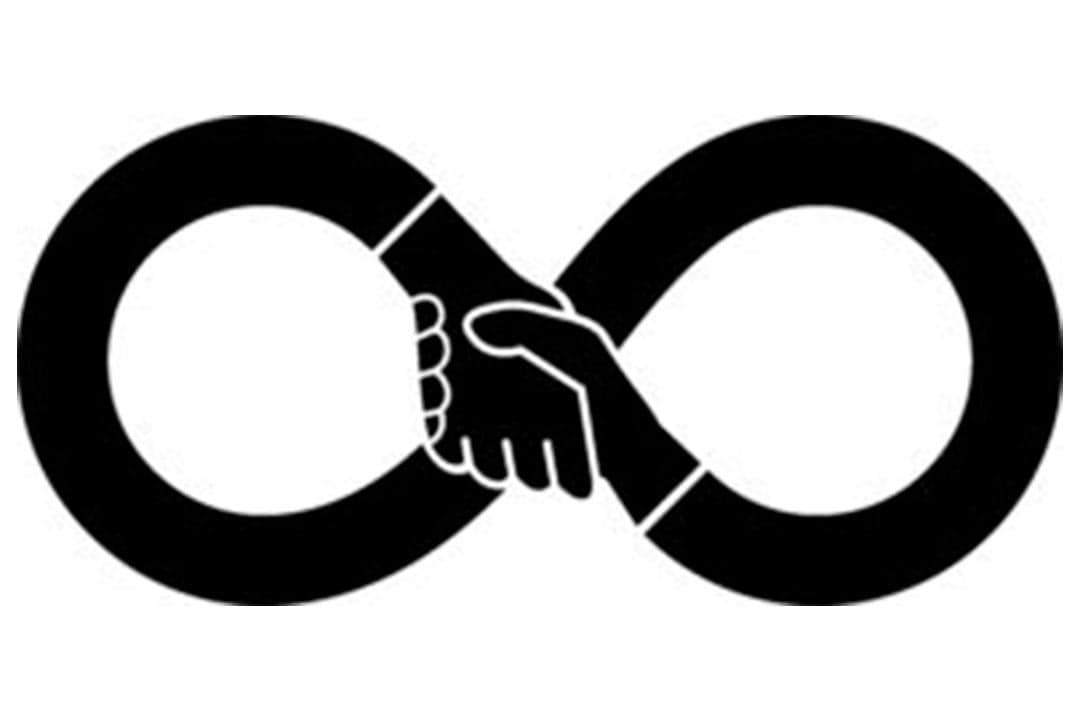GET OUT OF YOUR OWN WAY: Is a $10,000 Cat a Limiting Factor?
Getting out of your own way is foundational to entrepreneurial success. Since you are your own boss an entrepreneur must manage yourself first. You can get the most return for your efforts by finding your limiting factor and eliminating it.
A Limiting Factor constrains you in some way. The single, most powerful way to release exponential growth in your life and in your business is to identify and neutralize your Limiting Factor.
As Tara-Nicholle Nelson so aptly says, “Every system, including you and your life, has a limiting factor” — it is the one resource, trait, belief, or knowledge deficit that most limits how much the system can grow. “If you want to push your life to new levels, the single most powerful way to do that is to accurately identify what your limiting factor is, and focus every ounce of your being on deactivating it.” https://buff.ly/2M3c9FA
Get Out of Your Own Way In Business
In understanding the case of a limiting factor in business, let us take the example of a bicycle manufacturing company. Let’s assume that the company had 75 pairs of wheels, 200 iron frames, and 15 seats. What do you think will be the number of bicycles that will be able to be produced? You guessed it. Only 15. Because the 15 seats act as a limiting factor.
Get Out of Your Own Way: What is a Limiting Factor?
 In the natural world, the concept of a limiting factor is based on Liebig’s Law of the Minimum, which states that growth is controlled not by the total amount of resources available, but by the scarcest resource.
In the natural world, the concept of a limiting factor is based on Liebig’s Law of the Minimum, which states that growth is controlled not by the total amount of resources available, but by the scarcest resource.
- Identifying a Limiting Factor can be obvious because it is very Visible since it monopolizes your entire well-being and earning capacity (such as in the example of the father of six given below).
- Identifying a Limiting Factor can be difficult because its existence is Invisible to you, though often visible to others (such as in the example of the job seeker given below).
- A Limiting Factor, such as Knowledge, can seem small and insignificant but can have a large impact (such as in the example of the $10,000 cat given below).
Identifying your Limiting Factor is the first task. Some limiting Factors scream and some whisper. A limiting factor affects us in about the same degree as how strong its existence is in our lives.
Get Out of Your Own Way: Visible Limiting Factors

Visible Limiting Factors are factors that you know about but don’t change.
Most people are very aware of their limiting variables. Oftentimes, it monopolizes their life so much, that they are almost defined by it.
I asked Rod what was the hardest decision he had ever made as a CEO. He answered quickly, “Oh, that’s easy. The decision still gnaws on me today.” I had an employee who was never on time for the job. Joe and his wife had six kids and only one car and he had to drop all the kids off to school every day. He insisted that was what made him late every day.
I gave him multiple opportunities, written warnings, and every chance I could to correct the tardiness, but the behavior never changed. I finally had to let him go. It wasn’t fair to my other employees who were always on time.
Even as he related the story years after it happened, his head dropped and his eyes fell to the floor. He was experiencing the difficulty of that decision all over again.
Joe’s limiting factor was his tardiness. Some Limiting Factors are so severe or problematic that they can exact a huge price on your success. Others are more subtle and their price is not so easily calculated.
Get Out of Your Own Way: Invisible Limiting Factors

Joe’s tardiness was a very visible behavior. An invisible Limiting Factor is costing you, but you are unaware of the cost and often even unaware of the Limiting Factor.
After a speech one day one day, a young woman came to the podium, introduced herself, and we started talking. She said she was trained in a certain skill, was looking for a position, and asked if I knew of any availability.
As “coincidence” would have it, I had just been told of an opening for exactly what she was looking for. Because I had a good relationship with the company that had the opening and a lot of credibility with them, a recommendation would have almost been a fast track to the job.
She had my total attention. Inwardly, I was delighted with the thought of being the catalyst to meet both her and the company’s needs. Since my own reputation rides on a recommendation, however, I have always been very cautious about recommending someone I don’t know well.
 Initially, I was very impressed and enthusiastic, but the longer she talked, the more hesitant I became. She bad-mouthed her last employer and though initially, she seemed positive and upbeat, her underlying mindset seemed to be a negative one. I continued to talk to her but slowly decided to say nothing about the job opening. She went on her way and I went on mine.
Initially, I was very impressed and enthusiastic, but the longer she talked, the more hesitant I became. She bad-mouthed her last employer and though initially, she seemed positive and upbeat, her underlying mindset seemed to be a negative one. I continued to talk to her but slowly decided to say nothing about the job opening. She went on her way and I went on mine.
An opportunity for exactly what she wanted came and went and she never even knew it existed.
That encounter has haunted me and has stayed with me for years. After that, I have worked to stay attuned to areas of my life that needed work and have been fast to address them.
I know that opportunities can float by and that I need to keep myself fine-tuned so everything about me attracts the right opportunities and the right people. I need to address my limiting factors head-on and promptly so they don’t invisibly undermine my success.
Get Out of Your Own Way: Small Issue, but Large Impact (The $10,000 Cat)
 A limiting factor can seem insignificant but has an outsized impact. Lack of knowledge in a certain area goes into that category.
A limiting factor can seem insignificant but has an outsized impact. Lack of knowledge in a certain area goes into that category.
I once read about the 10,000 Cat who was well-known among realtors. The writer stated that when a realtor walked into a home to show it and saw a cat, he knew to drop the price of the home by $10,000 because there was probably going to be cat hair everywhere.
This would lower the perceived value of the home immediately. The inside joke was referenced back at the office by simply saying, “They had a $10,000 cat.”
Surely, this knowledge was not “common knowledge” among homeowners, but nevertheless, impacted their bottom line. This example has two takeaways: 1) Seemingly insignificant things can be a Limiting Factor. 2) A lack of specific knowledge can be a Limiting Factor.
Get Out of Your Own Way: Follow Your Fit™
Perhaps your Limited Factor is knowledge, specifically Niche Knowledge. In finding your niche, there are three pieces of knowledge needed: self-knowledge, market knowledge, and Fit knowledge. Maybe one (or all three) of this knowledge is your limited factor
Getting Out of Your Own Way: Vaporizing Your Limited Factor
I have seen lots of people who could not or would not manage their Limited variable. I always thought of it like their good traits were in lockdown—inaccessible to themselves and those around them because the limiting factor was not managed.
The very definition of a limited variable, states that though all the other resources can be in abundance, the limiting factor is the one thing that keeps all other wonderful assets in lockdown. So, practically, what can be done?
Getting Out of Your Own Way: 6 Strategies for Managing Your Limited Variable

1. Identification of the Visible
If it’s something you have constantly struggled with, you don’t need much time to identify it. No doubt, you are painfully aware of it and probably often frustrated with yourself and know all too well the ramifications of it to your life. Don’t let it take its full toll before you choose to change it.
With the father of six, I’m sure if he really believed his tardiness was going to cost him his job, he would have figured out a workaround to his circumstances.
2. Identification of the Invisible
If it’s invisible to you, you may need to start looking for its footprints. You may suspect something is “off,” but not sure what it is or how to recognize it. Be thorough, thoughtful, introspective, and observant.
3. Identification of the Cost
Once it is identified, assess its impact accurately. This is easier said than done. To the best of your knowledge, how much is it costing you? This assessment is especially difficult with issues about you that others are all too familiar with, but with which you have a blind spot. Listen. And don’t push back at what you perceive as criticism. Even if it’s not all true, there may be a grain of truth in it. Be receptive to hearing it.
4. Willingness to Change
Are you willing to change it? If not, own it. Don’t train your brain with victim language such as “I just can’t help myself.” Instead, say, “I choose to….” Or “I choose not to…”
5. Slow Change is Better Than None At All.
Long-standing human propensities rarely change overnight. Avoid all-or-nothing thinking. Progress, not perfection, usually means adopting a modified process of minimization. Initially, just work at doing it less.
6. Can You Compensate?
Is there a way you can compensate or do workarounds with your Limited Factor? For instance, a $10,000 cat does not need to quit being part of the family but simply put it somewhere else during house showings.
Get Out of Your Own Way: Eliminate Your Limiting Factor
A limiting factor limits your growth, your success, and your productivity, but it doesn’t have to. Think about what single limiting factor you could explore releasing that would create the biggest change in the way you feel, think, and show up in your life and your work.
Then go after it.

